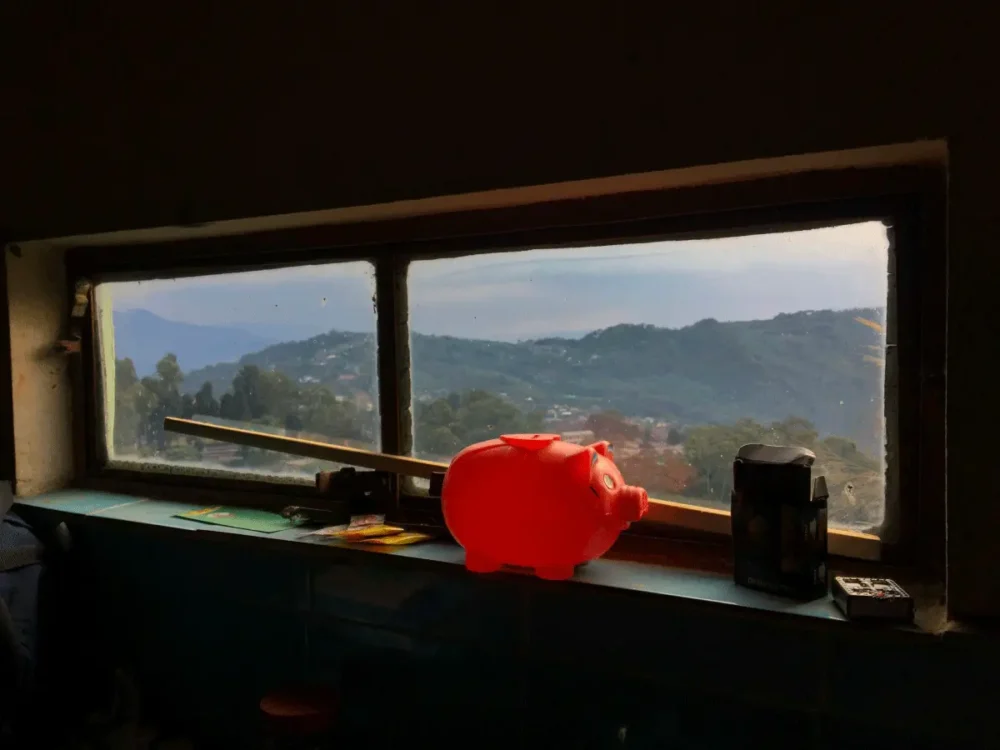For a freelance travel writer, there’s never enough travel. Assignments and hosted trips are all well and good, but there’s always a passion project bubbling at the back of the head or an intense longing to return to a favourite haunt, to kick back and vegetate for a bit, or go on a family break. For me, this means performing intricate financial acrobatics or downright scrounging for a whimsical trip.
In late 2018, while researching for work, it felt like serendipity when I chanced upon an article about an American couple who put every $5 that came into their hands into a money jar. Their logic for choosing $5? According to them, it hit the sweet spot between $1 (low and insubstantial) and $10 (high enough to be unrealistic, and rarer to come by). They had just one cardinal rule: Setting aside every $5 note they came across was non-negotiable. And it worked! At the end of the year, they had close to $5000, enough for a year-end trip abroad.
I marvelled at how simple and easy to follow this idea was, and decided to copy it. Convincing my husband was another matter altogether. He didn’t doubt the idea; he was sceptical about my will to follow through. Eventually, and reluctantly, he agreed. We then went back and forth on what the right amount was. ₹100 was too little and ₹500 was too much. On the other hand, ₹200 seemed optimal — it was large enough to be substantial but low enough not to matter too much to put away regularly. It was our sweet spot.
The beginning of 2019 seemed like the perfect time to start the project: Our joint New Year resolution. We set aside a shiny glass jar and soon every orange note went into it. At first, it was surprisingly easy; the notes started accumulating easily enough, at the rate of one or two every week. I also became adept at coaxing, cajoling, and sometimes bullying people into giving me a ₹200 note if they had it and were planning to hand over two single notes of ₹100 instead.
Sometimes, whole weeks also went without coming across any, and I began despairing that it wasn’t such a good idea after all. I found myself second-guessing if the amount was all wrong. Should I have opted for ₹100 (more volume) or ₹500 (more value)? But through it all, I was also pretty kicked about one thing: there was never any temptation to dip into the jar. We did occasionally take out money if we found ourselves running short to pay for something, but it was replaced with alacrity.
As the last week of 2019 rolled around, I eagerly emptied out the jar and discovered there was close to ₹20,000 inside. I was suffused with the warm glow of self-satisfaction. It wasn’t like there were any life-altering lessons, but I was struck by how a trickle now and then could lead to a small puddle, even if it was no pond. I was also happy to discover my capacity for persistence and single-minded focus. The amount wasn’t substantial enough to fund an entire trip but we were hankering for a break to Pondicherry and the money was enough to take care of the fuel and food expenses for a five-day visit at the beginning of 2020.
Back from the trip, my husband watched warily as I oscillated between replicating the project and increasing the amount to ₹500. Three months later, the pandemic hit and everything changed. Not only was travel out of question, but financial transactions changed completely and most things became digital. Coming across physical money in itself became a rarity.
By mid-2022, travel was back, but sadly, money remained largely digital. Still, I continue to wholeheartedly believe in the project. For 2023, I have a new plan, one that I have — once again — mooched off the internet. It’s called the 52-week challenge, wherein an increasing amount of money is set aside each week. I began with ₹50 the first week, ₹100 the second, ₹150 the third, and so on, increasing the sum by ₹50 each week. If my high-school math is correct, I should have close to ₹70,000 by the end of the year. It sounds ridiculous, right? Only this time, I will transfer it digitally into a separate account— and start planning my year-end holiday!
Anita Rao Kashi is an independent journalist based in Bangalore.





